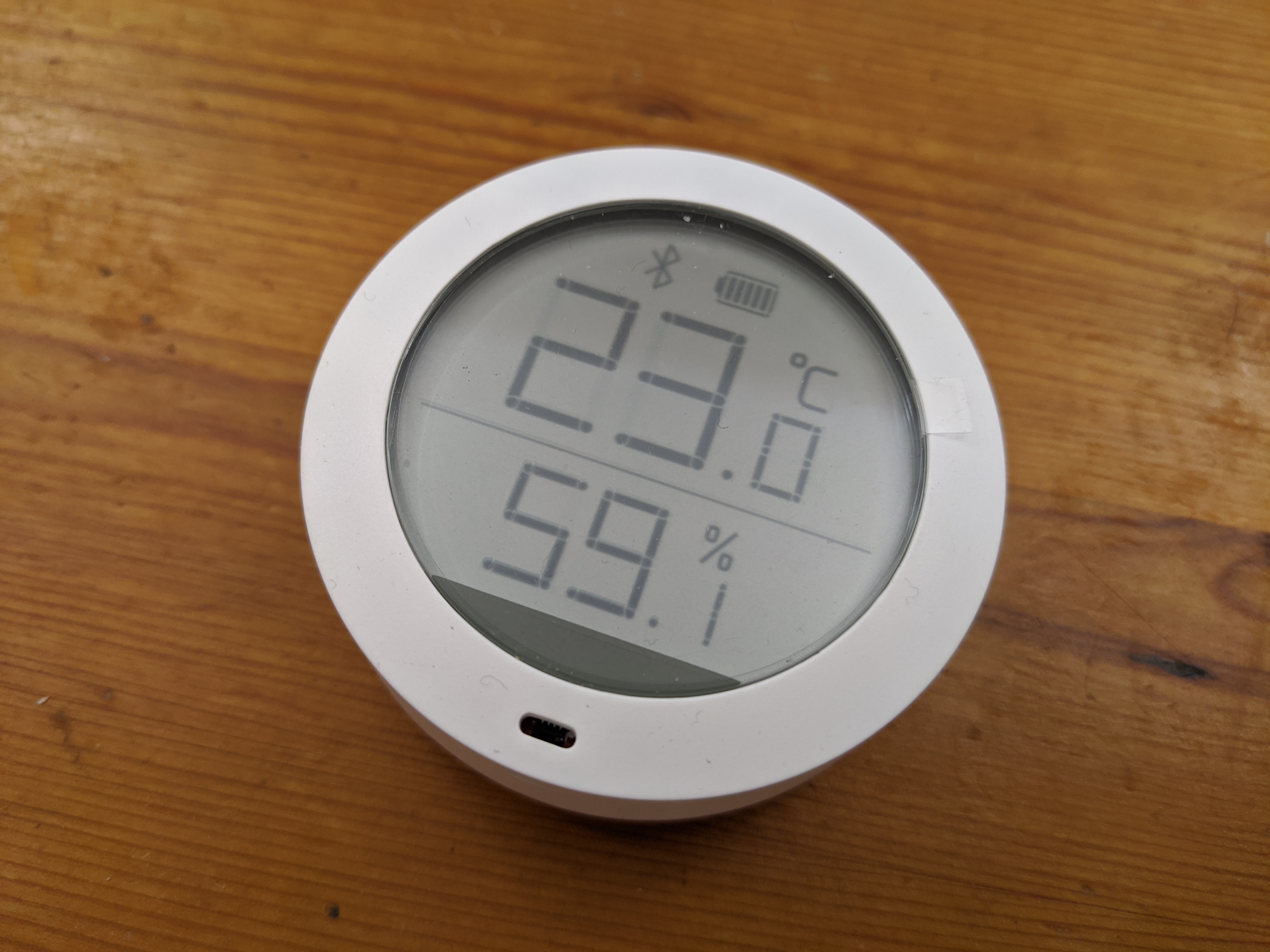

If your axillary temperature is 100☏ (37.8☌), your oral temperature is about 101☏ (38.3☌).Remember, a child has a fever when his or her temperature is 100.4☏ (38☌) or higher, measured rectally.

AURAL THERMOMETER SKIN
Unlike oral, rectal, and ear thermometers, plastic strip thermometers measure skin temperature, not body temperature. Plastic strip thermometers have some uses, but they aren't recommended for general home use.The information may also include how the results of the device correlate with the results from other methods of taking a temperature. Be sure to read and follow the instructions to obtain an accurate temperature.
AURAL THERMOMETER HOW TO

Generally, the correlation of temperature results are as follows: Medical research hasn't determined an exact correlation between oral, rectal, ear, armpit, and forehead temperature measurements. But the temperature readings vary depending on which one you use, and you need an accurate body temperature to determine if a fever is present. The authors conclude that the aural sensor is unsatisfactory for detecting clinically significant fevers in a pediatric outpatient setting.You can take a temperature using the mouth (oral), anus (rectal), armpit (axillary), or ear (tympanic). Similarly, none of three patients with an oral temperature of 39 degrees C or more and only three of eight with an oral temperature of 38 degrees C or more were identified correctly by the aural sensor. None of seven patients with a rectal temperature of 39 degrees C or more and only 7 of 27 with a rectal temperature of 38 degrees C or more were identified by the aural sensor as having temperatures above these cutoff levels. Because the average reading using the aural sensor was lower than that using the IVAC, the sensitivity of the aural sensor for detecting clinically important levels of fever was low. The correlations between the infrared ear-probe values and the rectal and oral temperature readings were 0.77 and 0.75, respectively. The difference ranged from -0.7 degrees C to +2.5 degrees C. Overall, 60 rectal and 40 oral temperatures (88.5%) were higher with IVAC than with the aural sensor. The average elapsed time between readings was 11 minutes. Its accuracy was evaluated in a group of children, aged 1 month through 10 years, by comparing it with either rectal (n = 65), or oral (n = 48) temperatures obtained with a standard electronic thermometer, IVAC (San Diego, CA). By measuring infrared heat waves emanated from an animal’s eardrum region, the Vet-Temp provides an accurate reading of core body temperature in one second. It is the only ear thermometer designed exclusively for use on companion animals.
AURAL THERMOMETER PROFESSIONAL
It is simple to use and gives a reading in 1-2 seconds. The Vet-Temp professional model ear thermometer is designed for high volume use in a veterinary clinic. A newly marketed device measures body temperature using an ear probe that detects infrared radiation from the tympanic membrane.


 0 kommentar(er)
0 kommentar(er)
